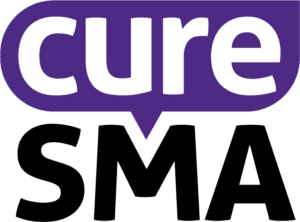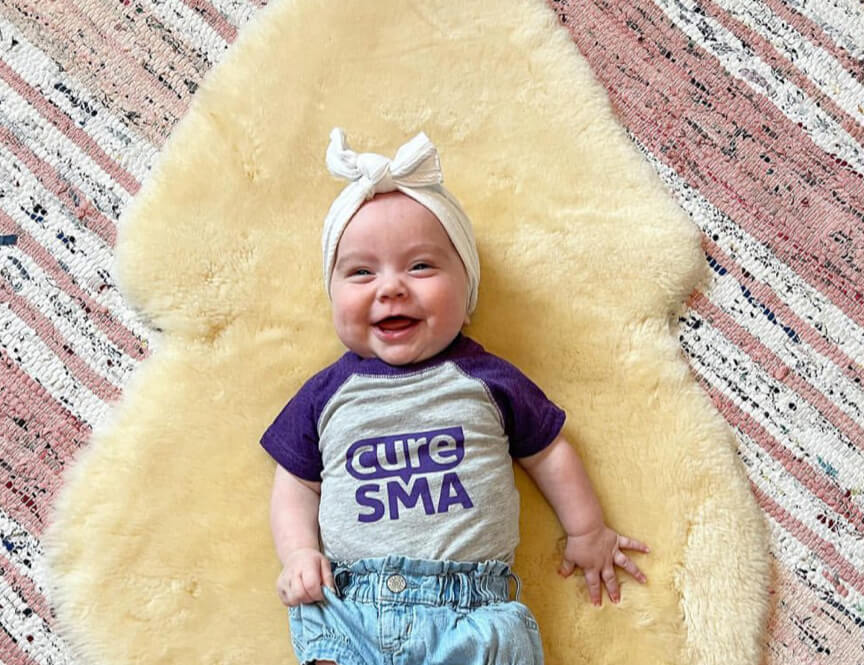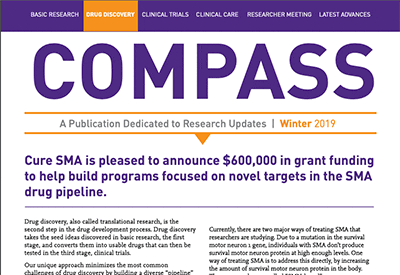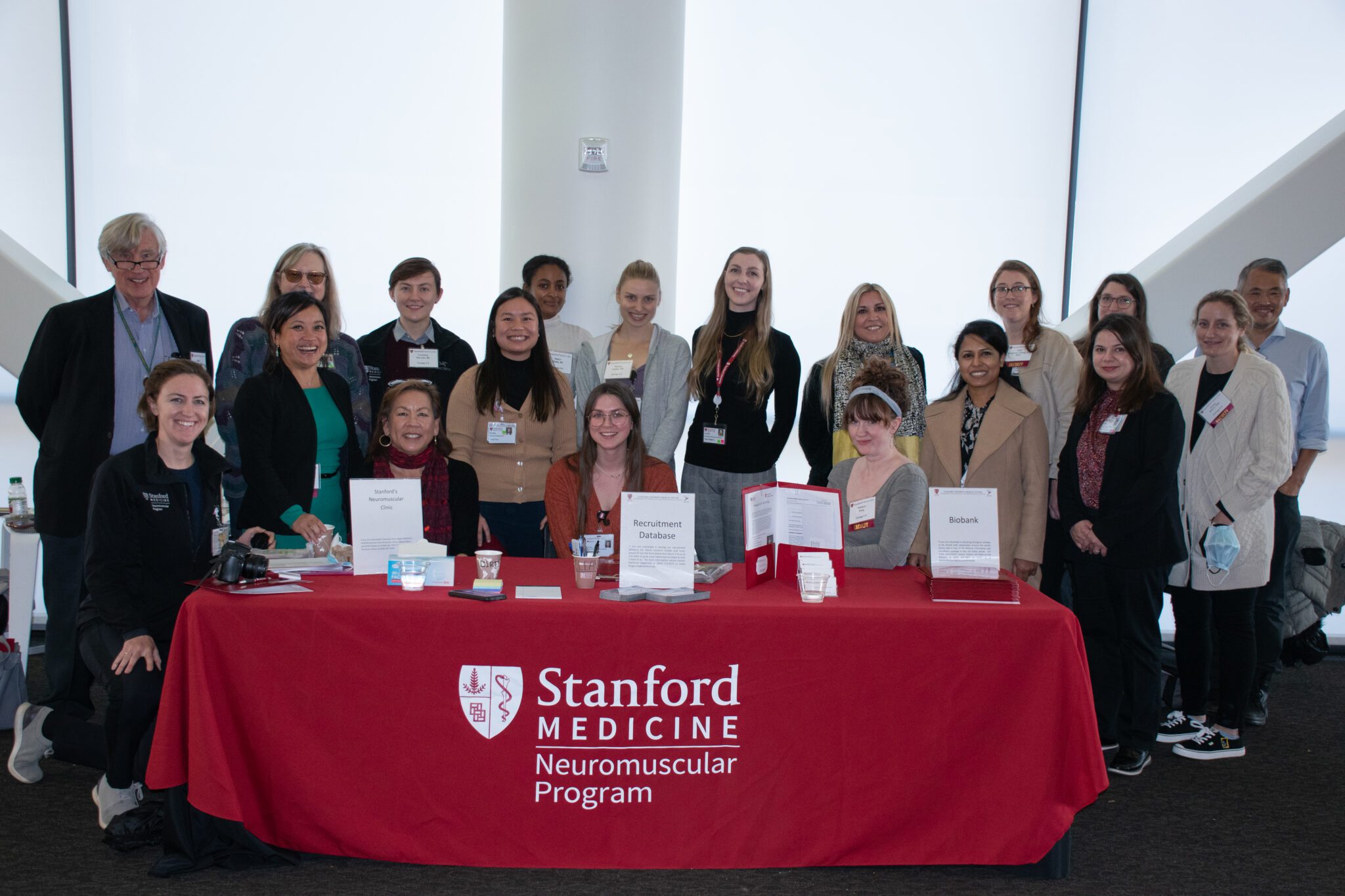Testing & Diagnosis
A spinal muscular atrophy (SMA) diagnosis must be confirmed through genetic testing. SMA is diagnosed after noticing symptoms of SMA, through newborn screening, or via prenatal testing.
Early Symptoms of SMA
SMA should be suspected when someone presents with a loss of motor strength and/or not achieving motor development on time. The presentation for SMA is dependent on the age of the person with symptoms of weakness. A child may be noticeably weak or have a delay in meeting developmental milestones. This may include delays in holding their head up, rolling over, sitting independently, standing, or walking. SMA is not the only condition that can cause weakness or a delay in meeting milestones, so further examination and testing is needed to make an SMA diagnosis.
An older child and adult may have difficulty with running and keeping up with their peer group. They may have difficulty with sports that require running and may experience more fatigue with activity. There are many causes for mild motor weakness, but SMA should be considered.
If a doctor suspects SMA, they may:
- Order genetic testing through a blood sample
- Refer the individual to a neurologist who will also perform an examination and then order genetic testing (again through a blood sample) to confirm the diagnosis
A simple blood draw test can identify an estimated 95% of all SMA cases by testing for deletion or mutation of both SMN1 genes. The other 5% are caused by a rare point mutation on one SMN1 allele and heterozygous deletion on the other SMN1 allele and are not identified by usual SMN1 gene testing. Individuals with a point mutation are identified through further blood testing with gene sequence analysis.
If you or your family member have recently been diagnosed, please contact Cure SMA at [email protected] for information and resources.
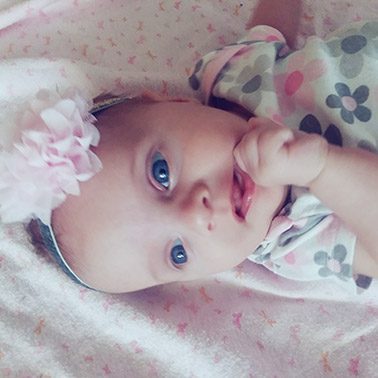
Through Newborn Screening
When a baby is born, a small blood sample is taken. This sample is then screened for a number of genetic conditions. Starting in 2018, states began adding SMA to its list of conditions babies are screened for at birth. If a newborn screening result is positive for SMA, follow-up testing is required to confirm the diagnosis.
Newborn screening allows an infant to be diagnosed and begin treatment early. Research demonstrates that therapies are most effective and alter the disease outcomes when given early and ideally before symptoms are present. For more information on what to do about a positive SMA screen, visit our Newborn Screening Q&A.
Once your child has been diagnosed with SMA, it’s important to quickly gain some understanding of the condition so that you can act quickly to seek treatment. With SMA, the earlier the treatment, the better. Cure SMA has support programs available to all SMA families who reside in the U.S. Most of these resources are provided at no cost.
Newborn Screening Registry
The Cure SMA Newborn Screening Registry (NBSR) is an online registry established to help our SMA community—including individuals with SMA, families, clinicians, and researchers—learn more about SMA, better manage symptoms over time, and develop new treatments. The NBSR is undergoing updates and will be available again later this year. Please check back. We look forward to your participation.
Through Prenatal Testing
Prenatal testing is used to determine if a fetus has inherited a genetic disorder. After consultation with their doctor, some families may choose this type of testing if their child is known to be at risk for SMA. One of two different tests may be used:
- In amniocentesis, the most common form of prenatal testing, a very fine needle is inserted into the woman’s abdomen, and amniotic fluid is extracted. This fluid contains fetal DNA that can be tested for SMA. Amniocentesis can be performed after the 14th week of pregnancy
- Chorionic Villus Sampling (CVS) can often be performed as early as the tenth week of pregnancy. Chorionic villi are small, fingerlike structures that form the placenta. Chorionic villi contain fetal DNA that can be extracted and tested for SMA. CVS is associated with a risk of miscarriage
